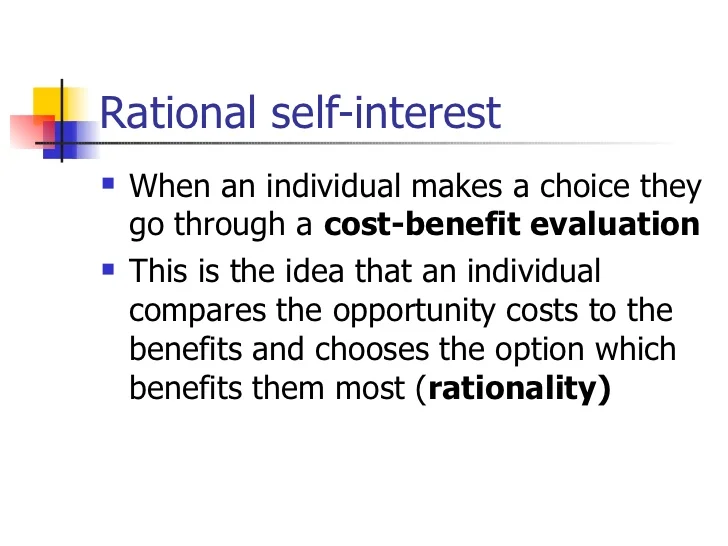**Hemispheric Defense Weekly – November 09, 2025**
In the annals of history, the shifting tides of power have often been heralded by a single, decisive act. The year 1823 saw the Monroe Doctrine declare the Western Hemisphere off-limits to further colonization by European powers. In 1904, Theodore Roosevelt boldly asserted American interests through the corollary to that doctrine, establishing the U.S. as the guardian of stability in the Americas. In 2016, Donald Trump echoed these sentiments with a call for economic nationalism and a reassertion of American strength on the global stage. Today, as we delve into the geopolitical landscape of the Americas in this edition of Hemispheric Defense Weekly, we confront the imperative of upholding our values and interests in the face of emerging challenges.
**301 Moved Permanently: An Analysis**
The cryptic message of ‘301 Moved Permanently’ echoes through the corridors of cyberspace, a subtle reminder of the ever-evolving nature of warfare in the digital age. As nations across the globe seek to harness the power of technology for both defense and offense, the Americas stand at a crossroads. The specter of cyber warfare looms large, with state and non-state actors alike vying for dominance in the virtual realm.
In this digital battleground, the principles of Thomas Jefferson, champion of individual liberty and limited government, must guide our response. Just as Jefferson warned against the encroachment of centralized power, we must remain vigilant against cyber threats that seek to undermine our democratic institutions and way of life. The wisdom of Marcus Aurelius reminds us of the need for constant vigilance and a steadfast commitment to defending our values in the face of adversity.
The energy and decisiveness of Theodore Roosevelt are also paramount in this new frontier of conflict. Just as Roosevelt built a modern navy to protect American interests abroad, we must invest in cutting-edge cyber defenses to safeguard our critical infrastructure and prevent cyber incursions that could cripple our economy and national security.
At the same time, the realism and economic nationalism espoused by Donald Trump offer a blueprint for leveraging our economic might in the digital realm. By promoting domestic innovation and nurturing a skilled workforce in cybersecurity, we can position ourselves as a global leader in the cyber domain, deterring potential adversaries and ensuring our technological superiority.
**Strategic Developments and Opportunities**
Amidst these challenges, strategic developments in the Americas present both threats and opportunities for U.S. interests. The resurgence of authoritarian regimes in Latin America, emboldened by external actors seeking to sow discord in our hemisphere, poses a direct challenge to the principles of democracy and freedom that have long defined the Americas.
In Venezuela, the Maduro regime’s continued consolidation of power threatens to destabilize the region and create a haven for transnational criminal organizations and hostile state actors. The U.S. must work with regional partners to support the Venezuelan people in their quest for liberty and democracy, while also shoring up our own defenses against potential security threats emanating from the country.
On the economic front, the rise of China as a dominant player in Latin America presents both opportunities and risks for U.S. interests. While Chinese investment promises much-needed infrastructure development in the region, it also comes with strings attached, as Beijing seeks to expand its influence at the expense of American primacy. By adopting a strategy of economic nationalism and fostering closer ties with our Latin American neighbors, we can counter Chinese expansionism and protect our strategic interests in the region.
**Value-Based U.S. Dividend-Paying Stocks**
In light of the geopolitical dynamics shaping the Americas, investors seeking to align their portfolios with the principles of economic nationalism and long-term growth may consider the following U.S. dividend-paying stocks:
1. Lockheed Martin Corporation (LMT)
– Dividend Yield: 2.5%
– P/E Ratio: 16.2
– PEG Ratio: 1.3
– A leader in defense technology and cybersecurity, Lockheed Martin stands to benefit from increased government spending on national security and cyber defense.
2. The Boeing Company (BA)
– Dividend Yield: 3.1%
– P/E Ratio: 14.7
– PEG Ratio: 1.1
– As a key player in the aerospace and defense industry, Boeing is well-positioned to capitalize on growing demand for military aircraft and cybersecurity solutions in an increasingly volatile geopolitical environment.
3. Raytheon Technologies Corporation (RTX)
– Dividend Yield: 2.8%
– P/E Ratio: 18.4
– PEG Ratio: 1.4
– With a focus on defense and cybersecurity technologies, Raytheon Technologies offers investors exposure to the growing market for advanced weapons systems and digital defense solutions.
**Closing Thoughts**
As we navigate the complexities of the modern geopolitical landscape, the wisdom of our forebears and the lessons of history serve as beacons of guidance in an uncertain world. By upholding the principles of liberty, democracy, and economic nationalism, we can safeguard our interests in the Americas and ensure a future defined by strength, prosperity, and security.
This article is not investment advice. Investors should perform their own due diligence before making any financial decisions.























